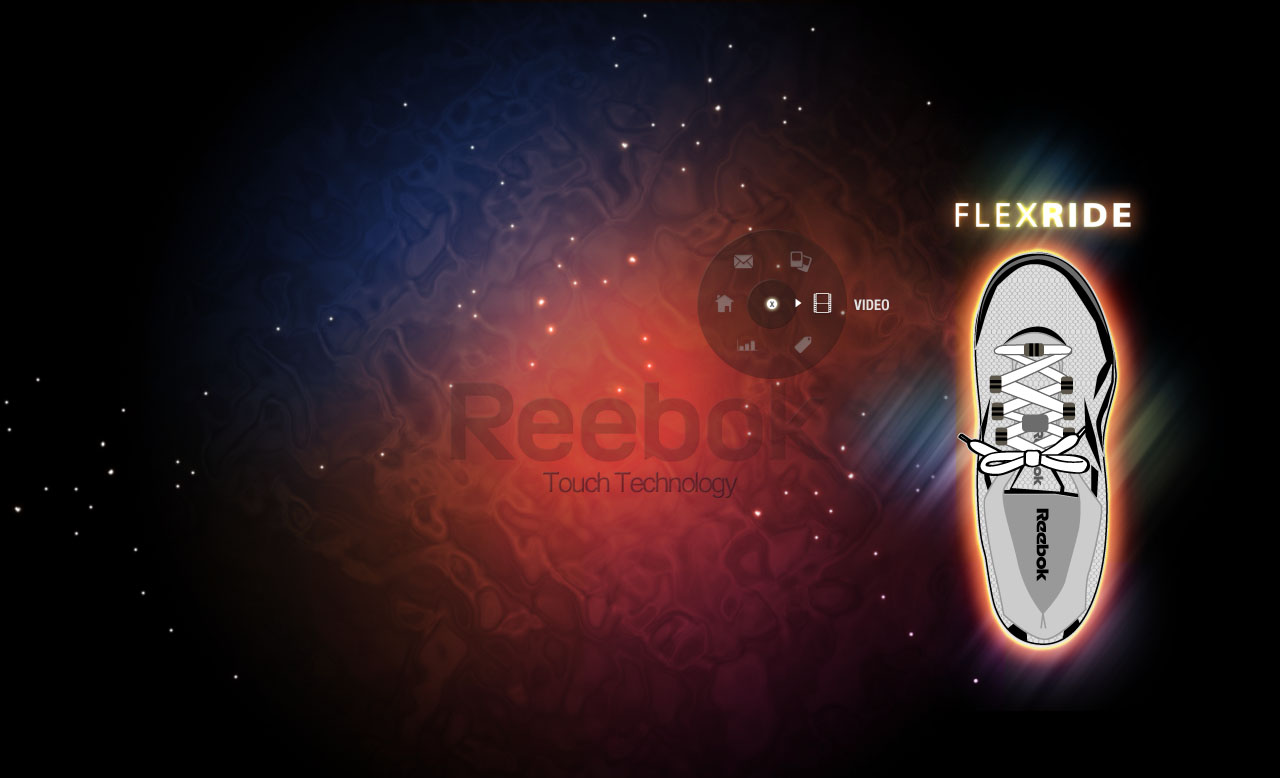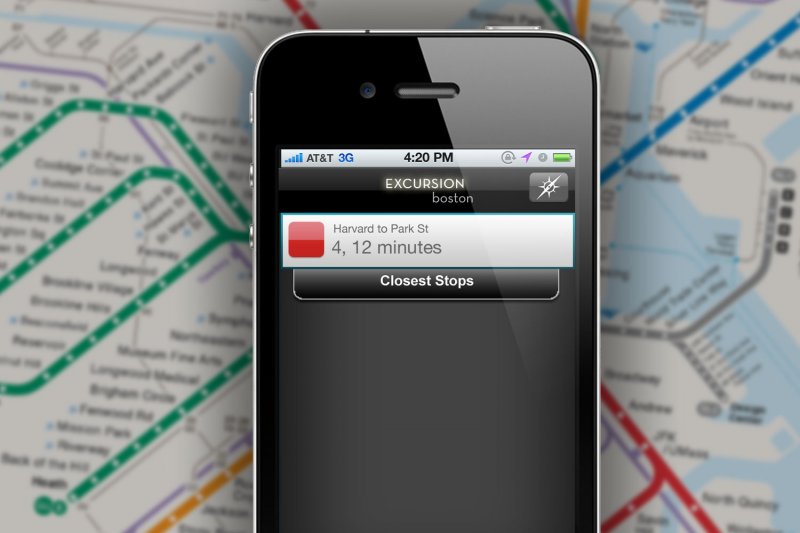Increasing Haptic Interaction with Shoes
Problem:
While opening the first dedicated Reebok branded shoe stores within the US, the company noticed two interesting user behavior patterns among shoppers: shoppers who touch and have a haptic interaction with the footwear samples were nearly 50% more likely to try the shoe on. Secondly, shoppers who tried the footwear on were nearly 50% more likely to purchase the shoe. The challenge remained, however, how to encourage customers to touch the shoe samples?
Challenge:
The Isobar NowLab Innovation Team felt that the easiest way to encourage consumer interaction with the footwear was to create an interactive table where customers could pick and place sample shoes from the display wall. The table would then offer further information about the specific shoe, which celebrities and athletes wore the model, and allow them to compare and contrast the model with other shoes.


The major challenge, however, was that at the time of this project in 2011, the only touch table on the market was the Microsoft Surface (now called Microsoft PixelSense), a $20,000 table sized product (the tablet-sized, consumer priced, Microsoft Surface did not launch until later in 2012). This product was outside the budget for Reebok to install in each of their physical locations; however, the Reebok Marketing Director asked if there was a possibility to create something both custom and lower cost.
Development:
The Isobar NowLab Innovation department had an established partnership with MIT's Media Lab, giving us the ability to source tech at a much earlier stage than other agencies or innovation teams. This access often meant getting early access glimpses at technologies that are still in their infancy today in 2020. In partnership with a young student in the Affective Computing Group of the MIT Media Lab, we were able to create one of the world's first 'optically based' multi-touch, interactive touch-table.
Isobar built the first Reebok touch table around a projector that bounced an image off a mirror and onto a polished plexiglass 'screen,' with capacitive velum covering the surface. Around the edge of the polished plexiglass were IR LEDs, which would refract through the plexiglass like a prism, until the pattern broke as a result of a finger or hand touch. Known as a 'fractured infrared LED touch table' or FTIR table,' this technology allowed an IR camera positioned under the table to pick up dots of IR light whenever a user touch, swiped or held their finger on a point on the table.
Running an early version of OpenCV, as well as the TUIO Library for Processing, we were able to utilize the optical nature of the table to recognize the soles/treads of each shoe placed on the table. This sole recognition allowed our team to place UI halo effects around any shoe placed on the screen, giving genuine freedom to explore and compare a variety of demonstration shoes.

Result:
After three rounds of prototypes, the Isobar Touch Table units moved to professional production and launched in Reebok shoe stores across North America.


